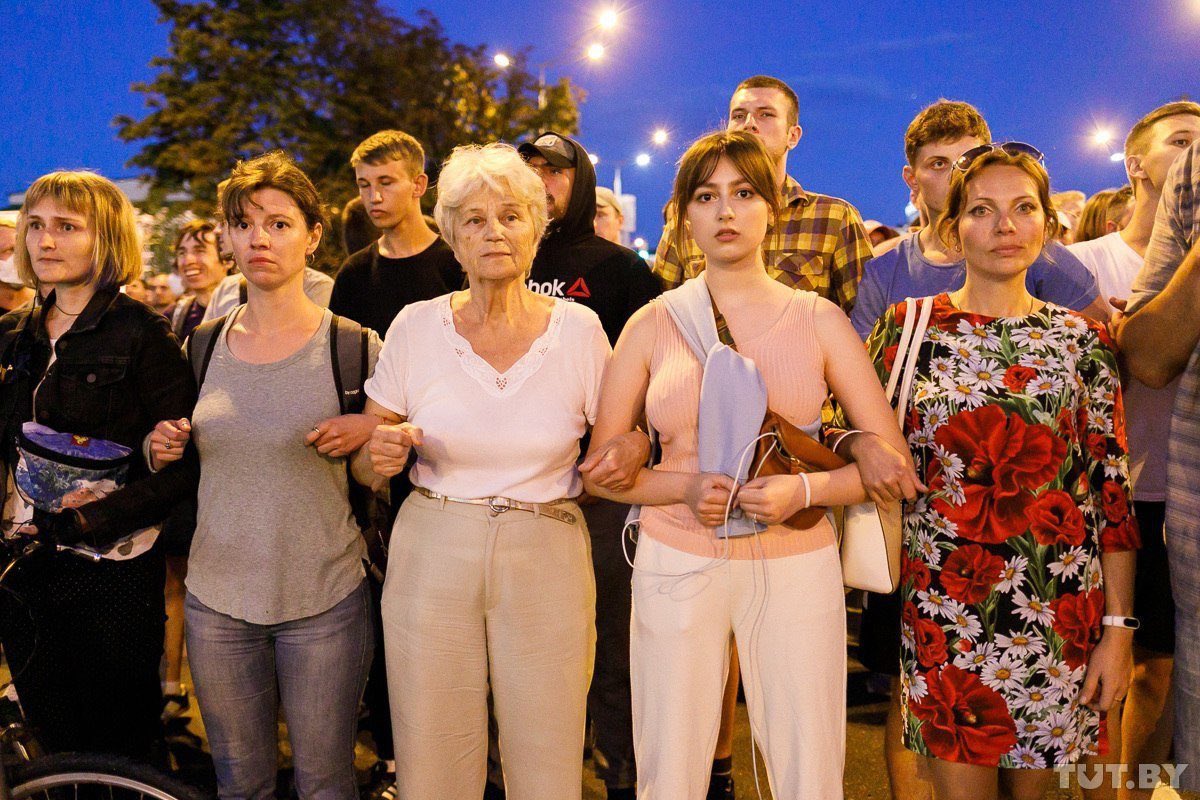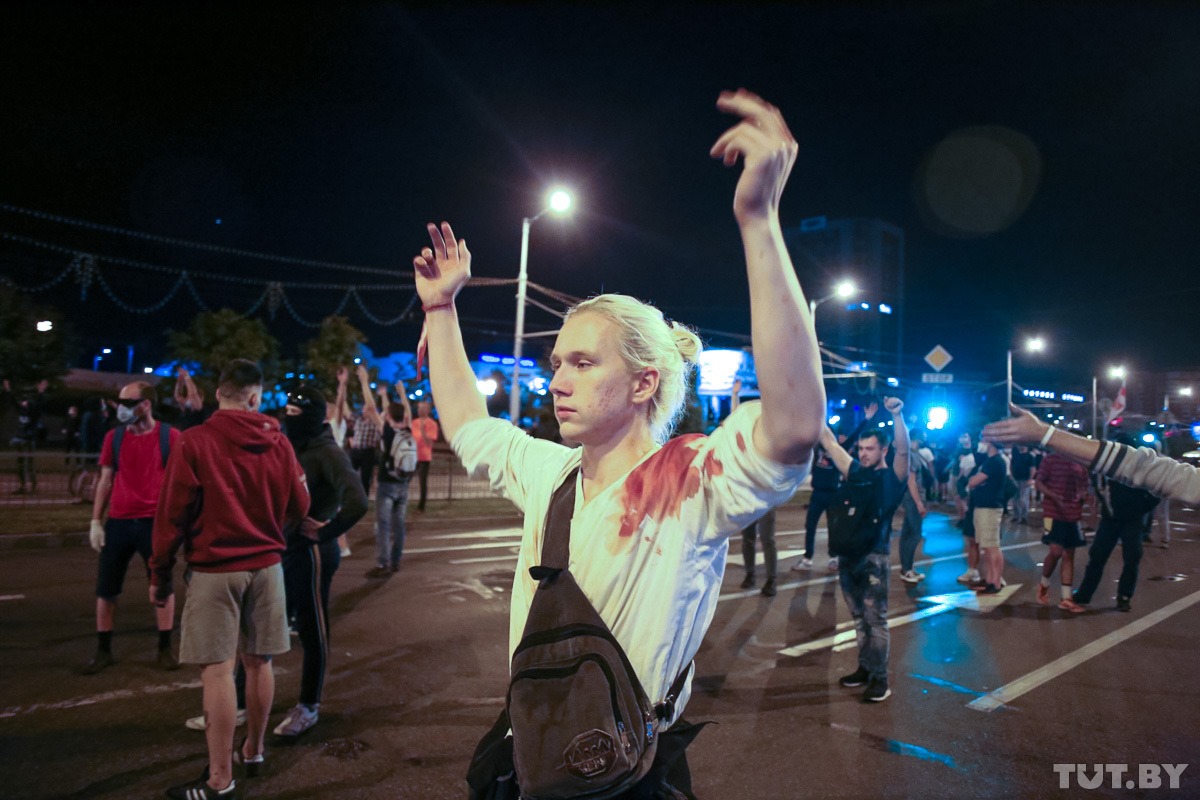“The chief surprise of August,” sociologist Ella Paneyakh says, is the length of time people have continued to protest in Khabarovsk and Belarus. “No one expected that” because no one focused on the paradigm shift in which network organizations have assumed ever greater importance while leaders have become ever less significant.
“This underrating of the strength of the resource of horizontal action,” she says, “characterizes now no the experts but the situation itself. We are going through a period in which network mechanisms of coordination are replacing and beginning to push out hierarchical ones,” although this process is far from complete.

The ongoing Belarusian protests continue for about a month. The 9 August presidential election in Belarus was marred by allegations of widespread electoral fraud as the Central Electoral Commission claimed that the highly unpopular incumbent President Alyaksandr Lukashenka mustered 80,1% of the popular vote while opposition candidate Tsikhanovskaya, who gathered multiple mass rallies during her campaign in many Belarusian cities, only 10,12%. The announced results sparked mass protests which continue to this day.
The video shows the march in Minsk on Sunday, 30 August 2020:
Amazing. Belarusians don’t give up! Thousands gathered in Minsk downtown for the Independence and Peace March. They call on Lukashenka to stop warmongering, and step down. pic.twitter.com/zMtPxO7Toz
— Franak Viačorka (@franakviacorka) August 30, 2020
“But suppressing them will be much more difficult and cost the authorities more than it appeared to observers on the sidelines when the protests began.”And this is true not only in Belarus and Khabarovsk but in other protests now beginning to take place. And that means that there are likely to be not only more protests but far longer ones than the post-Soviet space has seen before and that both the protesters and the authorities will be working toward their understandings of how to act as a result. In the meantime, there are likely to be serious miscalculations on both sides.
Read also:
- Why are protesters in Belarus using the white-red-white flag
- One century ago, rebellious Khabarovsk dreamt of becoming a Ukrainian colony
- On Lukashenka’s b-day, protests grow bolder while foreign journalists silenced & deported
- As Russian Far East protests enter fourth week, Khabarovsk residents now say ‘We are the power here!’
- Wave of strikes sweeps over Belarusian industry on third day of protests against rigged elections
- Fourth week of protests in Russia’s Far East: everything you need to know
- Lukashenka’s riot police powerless against 10,000-strong women’s march | Photos
- “We’re against the Putin regime!” Fifth day of protests in Russia’s Far Eastern city of Khabarovsk
- Russia intentionally ignores the fact that Ukrainians, Belarusians, Balts populated the Russian Far East, not Russians





